We are your experts in all HVAC problems, from furnace maintenance to A/C and Heating Repair, American Comfort Experts is your go to air conditioning and heating company in Houston, Cypress, Katy, and Sugar Land. We are three generations of air conditioning and heating technicians. We’re fluent in refrigeration, filtration and thermodynamics. Our business is built on being there when you need us the most, and always serving with honesty and integrity. We pride ourselves on our high level of customer satisfaction. Any one of our experienced and qualified team members can help you with any of your HVAC issues.
At ACE, we understand you and your needs, your comfort is our business. We understand that you have a busy schedule and need to stay within a budget, even if your A/C system is down. We also know that your system needs to be working properly in order for you to be able to enjoy your home. We understand that a midnight HVAC emergency is already unpleasant and the last thing you want is to be held hostage by your HVAC Technician. This is why at American Comfort Experts, among being experts in our field, we also provide you with 24/7 service for when you need our help the most.
Reliable, Local, Friendly Service
Homeowners in the Greater Houston area have been calling on American Comfort Experts for heating and AC repair since 2010 because of our great prices, excellent customer service, professional technicians, and quality workmanship. We pride ourselves on fast response times and outstanding customer service.
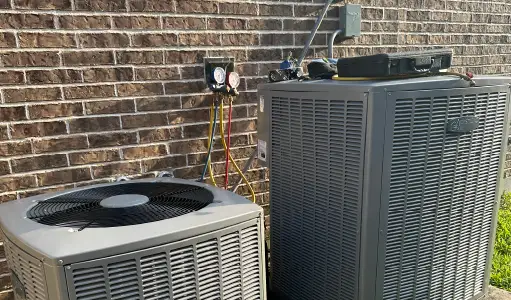
We specialize in keeping you cool, even on the hottest summer days. Our team can help with your air conditioners, mini-splits, and package units from installations to repairs.
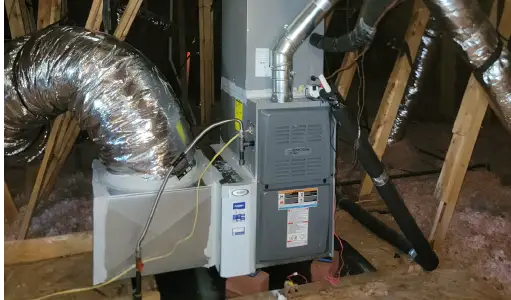
With our furnace and heat pump services, you’ll never have to worry about the cooler months again. Let us handle your installations, repairs and tune-ups.

We’ll help you to trust the air you breathe. We specialize in air filtration, UV cleaners, humidifier and dehumidification service to improve your comfort.
Air Quality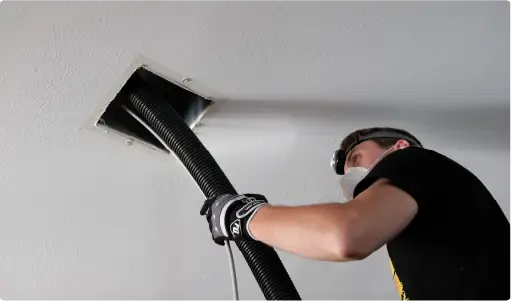
Your ductwork is an important part of your comfort, and our team can make sure you make the most of it. We have you covered with duct cleaning, install, and even fabrication.
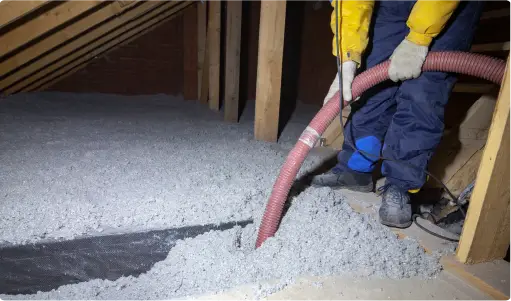
Keeping your home well-insulated provides more consistent temperature control and better energy efficiency. Call us for blown-in insulation service.
Insulation Services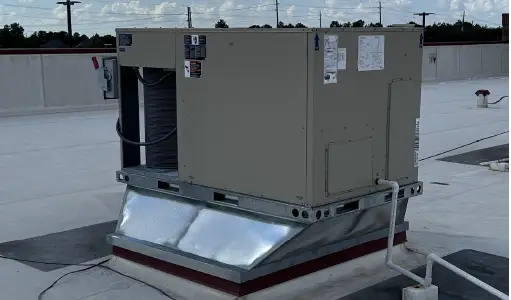
HVAC disruptions can be more than just a minor inconvenience. Our team is here to help with responsive, quick, and efficient service to get you back on track.
Commercial HVACOur Comprehensive Maintenance Plan
It’s a proven fact that routine HVAC maintenance is essential for extending the life of your system, but it also keeps your family comfortable, safe and healthy. At ACE, we want you to be comfortable in your home and that requires regular upkeep. That’s why we have the Comfort Club, to provide you with maintenance to keep everything in tip top shape while helping you save money. Find the plan that works best for you with options including our:
Silver Plan
Gold Plan
We’re proud to bring you rebates & specials designed to help you save on the services you need most.



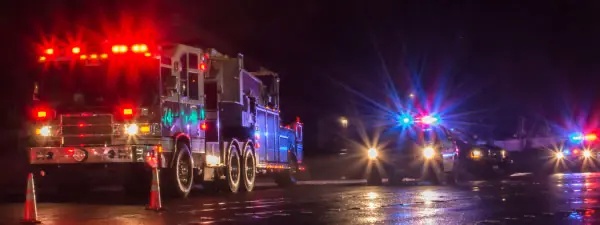

We only install equipment from the best manufacturers so you can guarantee your comfort and efficiency. Don’t see your equipment’s brand? Don’t worry: we service all units regardless of brand or make.





